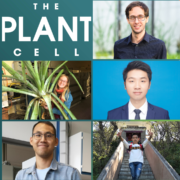
The Plant Cell Features April First Authors
Blog, Community, The Plant Cell: Author ProfilesBehind the manuscripts are researchers, professors, professionals and students dedicated to advancing the field of plant science. You’ve seen our First Authors on Twitter and Facebook— now, read more about why they chose to pursue plant sciences and click on the links to read their articles.
Yutao…
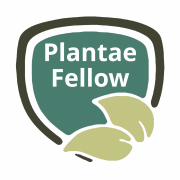
Applications Now Open For the 2024-2025 Plantae Fellows Program
BlogAre you a creative and articulate plant scientist looking to connect with other like-minded folks? We need your help to nurture and grow Plantae, the online home for the global plant science community that is powered by ASPB. We are looking for individuals who want to become highly engaged by creating…

Why We Should and How We Can All Engage in Championing LGBTQ+ Voices in (Plant) Science
Blog, CommunityComing up through the university system in Brazil, discussion of issues faced by lesbian, gay, bisexual, transgender, queer and other members of this community (LGBTQ+) was mostly confined to student-led political movements and the Humanities departments. The STEM fields were, in fact, painted as unmarred…
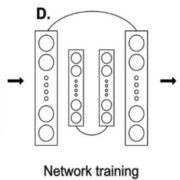
Review: Deep learning approaches to understanding stomatal function
Plant Science Research WeeklySydney Brenner famously said, “Progress in science depends on new techniques, new discoveries and new ideas, probably in that order.” Right now, we’re seeing how advancements and new techniques in artificial intelligence and deep learning are being applied in plant sciences, including in the analysis…
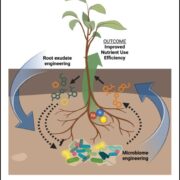
Review: Engineering plant–microbe communication for plant nutrient use efficiency
Plant Science Research WeeklyPlant nutrient use efficiency (NUE) has become a major concern in recent years as farmers and scientists strive to make agriculture more sustainable. To this end, the manipulation of plant-microbe interactions holds great potential. In this short review, Griffin et al. highlight recent findings, focusing…
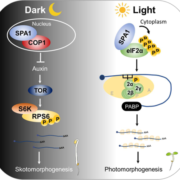
Flip the light switch for protein production
Plant Science Research WeeklyProtein synthesis, modification, and degradation are not only crucial for responding to environmental change, but they also represent significant energy costs for a plant. Energy homeostasis is highly affected by the presence of light. In young seedlings, light enhances translation during the dark-to-light…
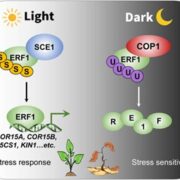
Tailored protein stability for stress resilience in light and dark
Plant Science Research WeeklyLight influences essentially all aspects of plant growth and development. Furthermore, plants are likely to adjust their stress responses based on fluctuations in energy availability during the dark-light cycle. Lin et al investigated a hormone downstream component, ETHYLENE RESPONSE FACTOR 1 (ERF1),…
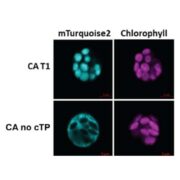
Engineering cytosolic carbonic anhydrase to establish C4 photosynthesis in rice
Plant Science Research WeeklyIn mesophyll cells, carbonic anhydrase is mainly located in the chloroplast, however it is in the cytosol in plants with a C4 carbon concentrating mechanism. There is interest in relocating carbonic anhydrase to the cytosol of C3 plants as a first step in the introduction of a carbon concentrating mechanism.…
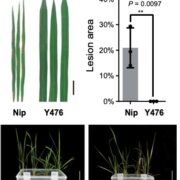
Crossing the gap: Decrypting the genome facilitates gene identification in wild rice
Plant Science Research WeeklyDomesticated crops provide a reliable food source but generally have little genetic diversity to cope with environmental fluctuations. By decrypting the genome of wild species such as the wild rice Oryza rufipogon, we may identify additional genetic variation useful for breeding process. However, the…

